Inside The Basilica of Sant' Apollinare Nuovo in Ravenna, Italy, erected by Ostrogoth King
The Basilica of Sant'Apollinare Nuovo is a basilica church in Ravenna, Italy. It was erected by the Ostrogothic king Theodoric the Great as his palace chapel during the first quarter of the 6th century (as attested to in the Liber Pontificalis ). This Arian church was originally dedicated in 504 AD to "Christ the Redeemer".
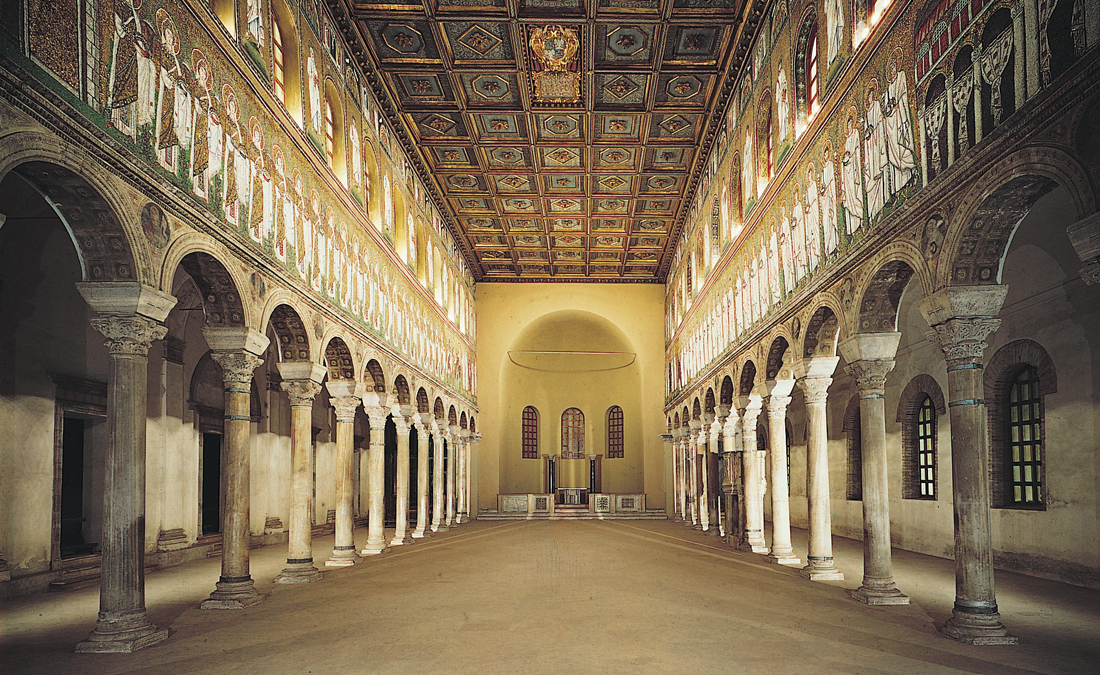
Sant’Apollinare Nuovo the heart thrills
Sant'Apollinare Nuovo, a Unesco World Heritage site, is located in the historic center of Ravenna, entered via a cloister, to reveal a magnificent work of gilded mosaics high on the side walls, each tile arranged at a different angle from the other, to make the mosaics shine even brighter. The basilica was erected by the Ostrogothic king.

Ravenna Sagre Eventi Basilica di Sant'Apollinare Nuovo
Video transcript. [MUSIC PLAYING] SPEAKER 1: We're in the church of Sant'Apollinare in Classe just outside of Ravenna. This was once the port for the Roman Empire in the early first century. SPEAKER 2: Right.
Ravenna bizantina Teoderico e Sant' Apollinare Nuovo Byzantine Ravenna Theodoric and Sant
Unlike perhaps the most famous church in Ravenne, San Vitale, which is a central plan, Sant'Apollinare Nuovo is a Basilica plan. And when we looked down the nave, we see fabulous mosaics. - [Steven] In fact, this is one of only two churches in the world that retain its nave wall decorations. The other one is in Rome, Santa Maria Maggiore.

RAVENNATE ART. Basilica of Sant' Apollinare Nuovo, 505 AD Ravenna. Large HQ Tours, Ravenna
Other articles where Sant'Apollinare Nuovo is discussed: Ravenna: The Basilica of Sant'Apollinare Nuovo was also erected by Theuderic. It was originally an Arian cathedral but became a Catholic church in 570. This church contains magnificent mosaics depicting the teachings, miracles, Passion, and Resurrection of Christ; these are among the oldest such representations in existence and are…

Sant’Apollinare Nuovo Da vedere Ravenna, Italia Lonely
Mosaics in Sant'Apollinare Nuovo, Ravenna (6th century) The sumptuous mosaics that cover the walls of the nave in Sant'Apollinare Nuovo reflect the dominant role that mosaics had assumed in the churches of the Christian East. The mosaics are divided into three tiers. The lowest tier, below the clerestory windows, comprises processions of.
Basilica of Sant'Apollinare Nuovo (6th Stock Photo
Saint'Apollinare Nuovo was built (493-526) by Theoderic, king of the Goths, as the palatine basilica. Despite its former arian cult, the inner mosaic decoration shows two implementation phases: around 561, after Goths were run out of town, the church was converted to Catholic orthodoxy (Justinian's Edict) and consecrated to Tours' Bishop, with the name of St. Martin in "Gold Heaven.
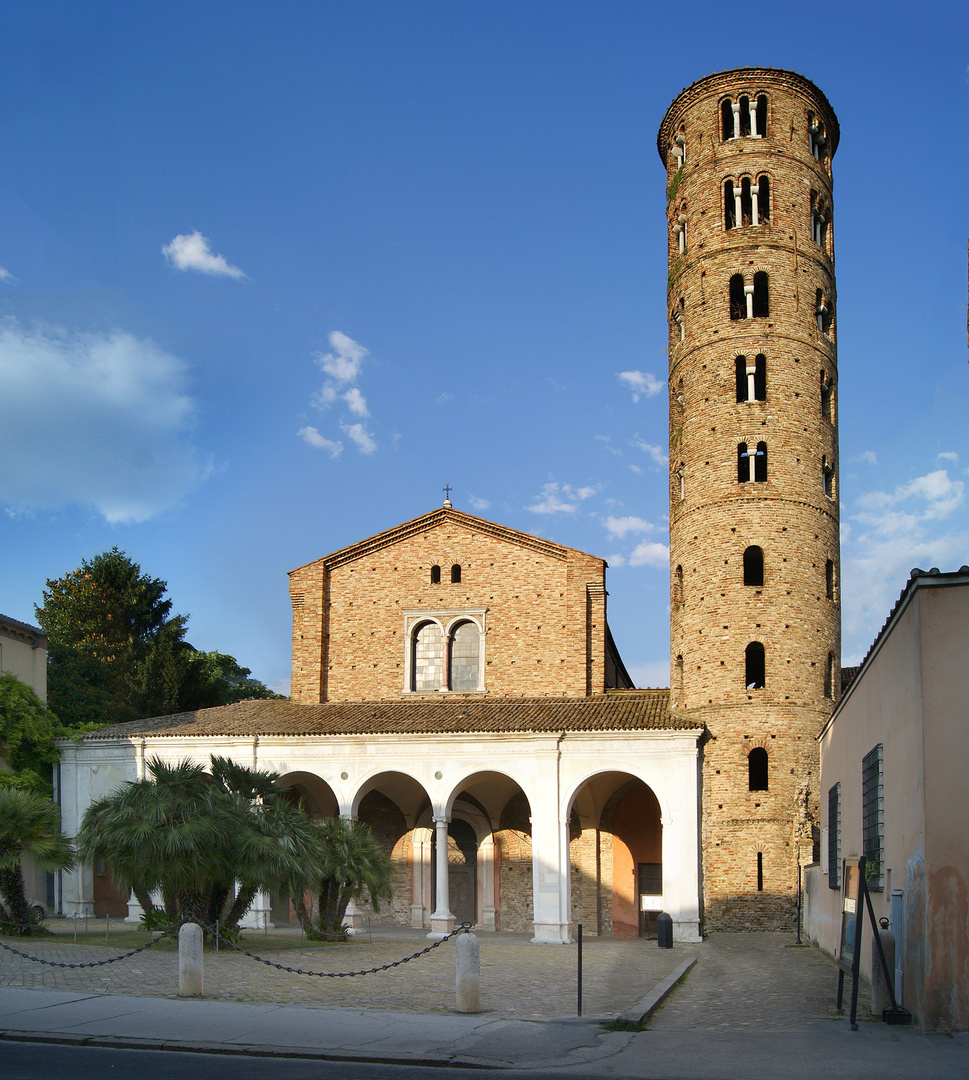
Sant’Apollinare Nuovo in Ravenna Foto & Bild europe, italy, vatican city, s marino, italy
Sant Apollinare Nuovo. The Ravenna Basilica of Sant'Apollinare Nuovo is one of the eight early Christian structures in the city that comprise the most important Ravenna attractions and are designated as UNESCO World Heritage Sites. It was built in the early sixth century and is dedicated to the patron saint of the city, as is another of the.

Visita Basílica de Sant' Apollinare Nuovo en Ravena Tours & Actividades Expedia.mx
Sant'Apollinare Nuovo. From Wikimedia Commons, the free media repository. English: Sant'Apollinare Nuovo is a basilica in Ravenna, Italy. Italiano: Sant'Apollinare Nuovo è una basilica presso Ravenna. See also category: Sant'Apollinare Nuovo (Ravenna). Exterior. Round bell tower.

Sant' Apollinare Nuovo. Ravenna World heritage sites, Unesco world heritage site, Ravenna
Sant'Apollinare Nuovo, Ravenna. The Basilica di Sant'Apollinare Nuovo is a 6th-century church in eastern Ravenna. Named for Ravenna's first bishop, it is famed for its two side walls full of figurative mosaics dating from c.500 (under the Arian king Theodoric) and c.560 (under Catholic administration). advertisement.
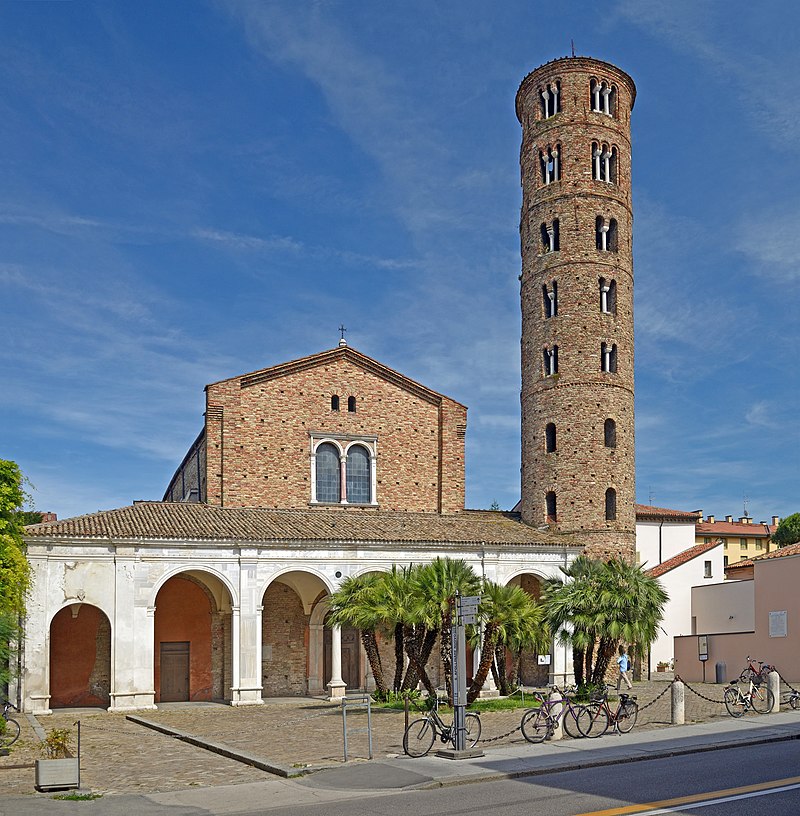
Monumenti paleocristiani di Ravenna Basilica di Sant'Apollinare Nuovo Patrimonio Unesco
Sant'Apollinare Nuovo, built c. 500, renovated 560s, Ravenna, Italy; a conversation with Dr. Beth Harris and Dr. Steven Zucker. Additional resources. Smarthistory's free Guide to Byzantine Art e-book. Smarthistory images for teaching and learning:
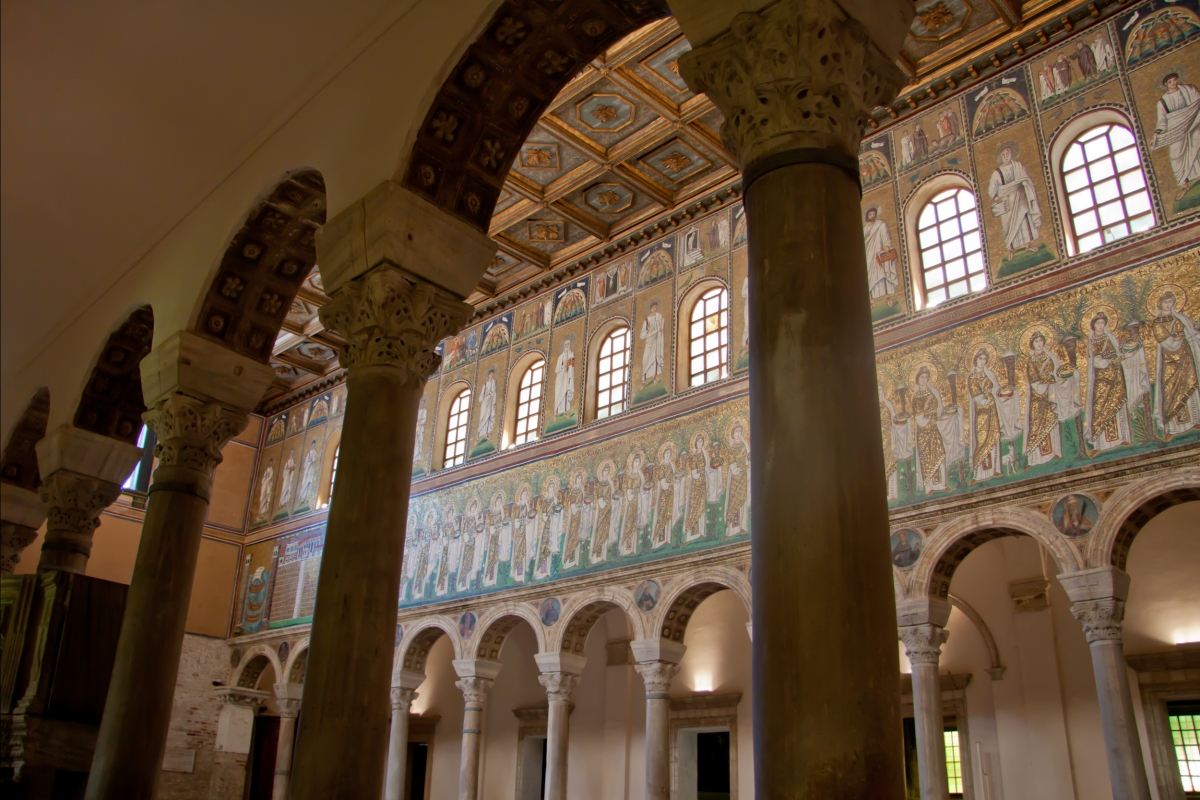
Basilica of Sant'Apollinare Nuovo Ravenna Turismo
The Basilica of Sant'Apollinare Nuovo is a basilica church in Ravenna, Italy. It was erected by the Ostrogothic king Theodoric the Great as his palace chapel during the first quarter of the 6th century (as attested to in the Liber Pontificalis ). This Arian church was originally dedicated in 504 AD to "Christ the Redeemer".
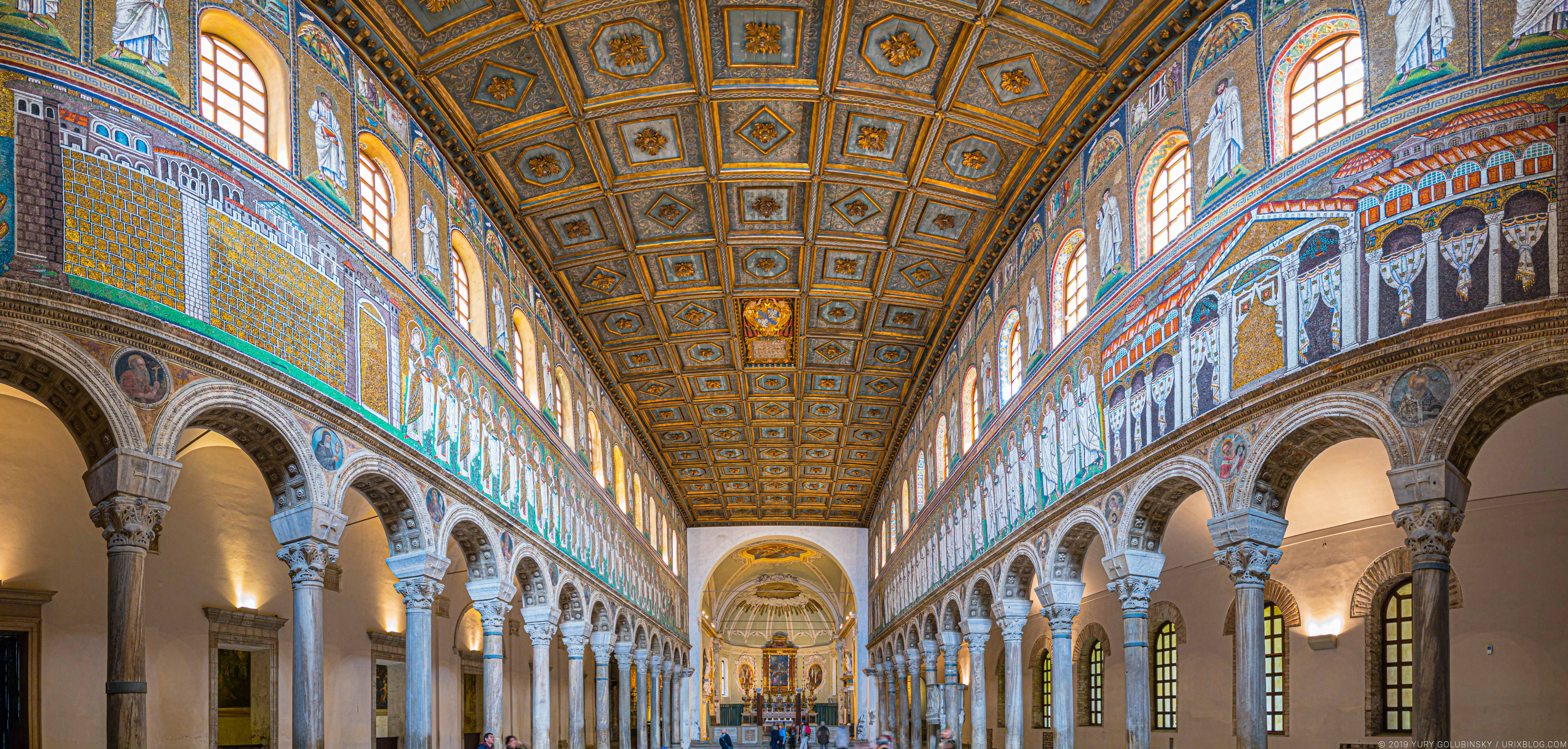
» Basilica di Sant’Apollinare Nuovo in Ravenna, Italy
Sant'Apollinare Nuovo, built c. 500, renovated 560s, Ravenna, Italyspeakers: Dr. Beth Harris and Dr. Steven Zucker

Basilica of Sant'Apollinare Nuovo
Admission: €10.50 Concession: €9.50 (*) The ticket is only combined: the Basilica of Sant'Apollinare Nuovo, The Neonian Baptistery (**), the Basilica of San Vitale, the Mausoleum of Galla Placidia (**), the Archiepiscopal Museum and Chapel. The ticket is valid for 7 consecutive days from the date of issue and entitles the holder to one admission for each monument.

Basilica of Sant'Apollinare Nuovo Early christian basilica Byzantine architecture, Ravena
La basilica di Sant'Apollinare Nuovo è una basilica di Ravenna.Nata come luogo di culto ariano, nel VI secolo fu consacrata a San Martino di Tours (era denominata San Martino in Cielo d'Oro).L'attuale denominazione della basilica risale al IX secolo, periodo in cui le reliquie del protovescovo Apollinare, a causa delle frequenti incursioni piratesche sulla costa ravennate, per ragioni di.
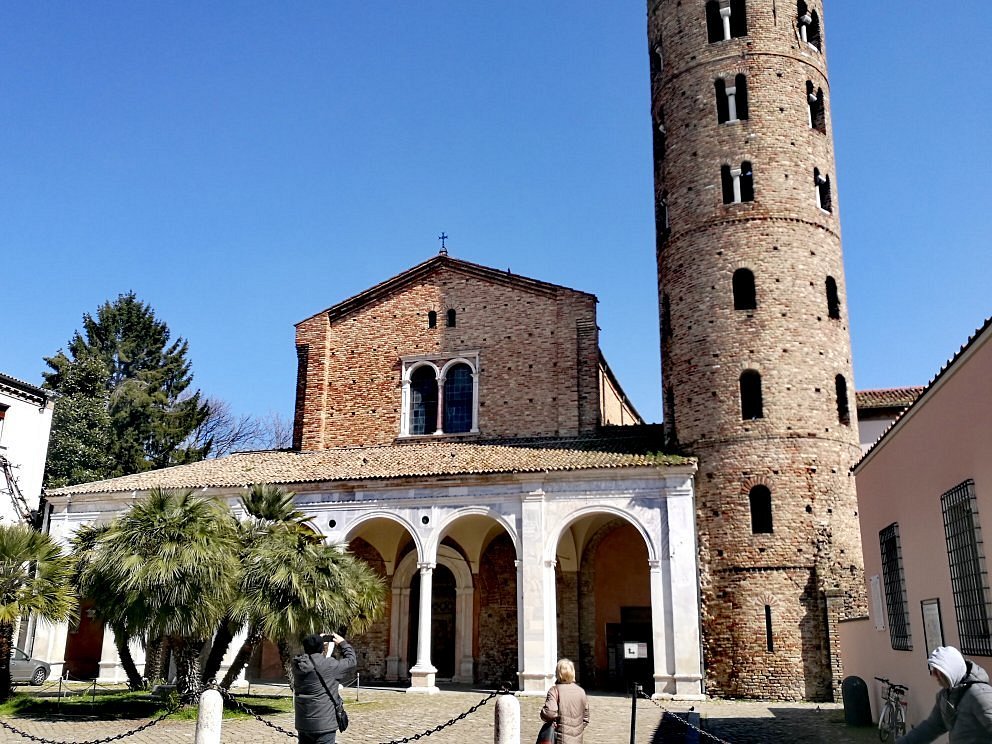
BASILICA DI SANT'APOLLINARE NUOVO (Ravenna) All You Need to Know BEFORE You Go
The Basilica of Sant'Apollinare Nuovo was also built during the reign of Theodoric as a Palatine chapel, with mosaics in traditional Roman style that also show a strong Byzantine influence. The Mausoleum of Theodoric is a unique and singular architectural work, constructed out of large blocks of Istrian stone around a central space, and is.